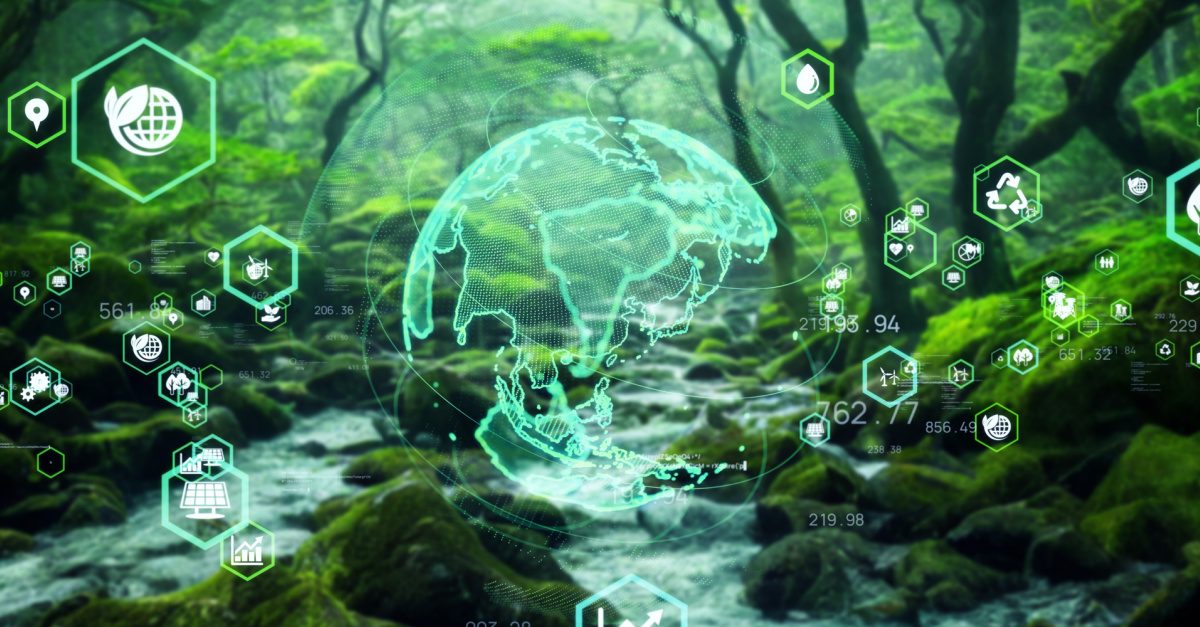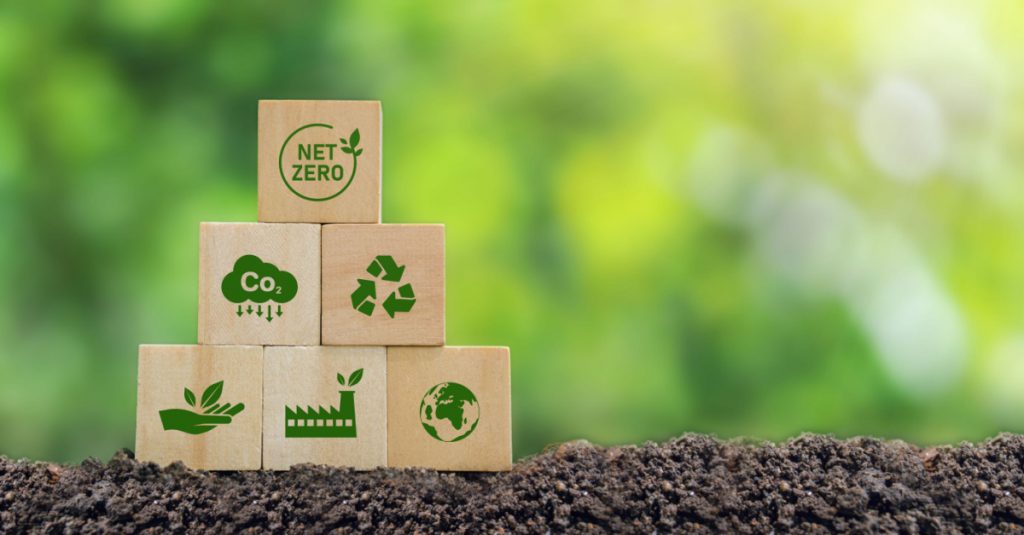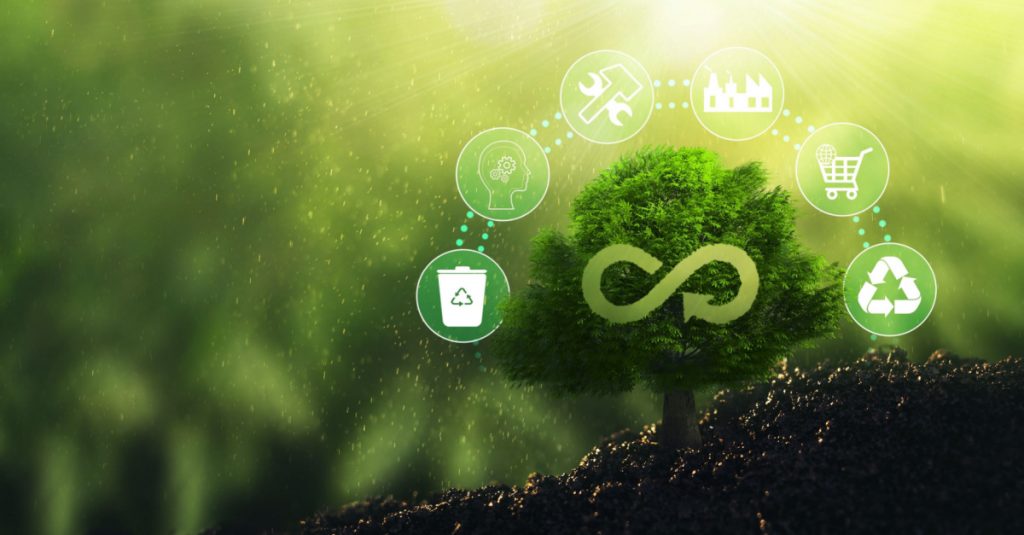
Building Climate Resilience in Your Supply Chain
With every extreme storm or intense heat wave, we are reminded that the world as we know it is shifting, and our supply chains are vulnerable to climate change’s impacts. As climate change becomes our reality, businesses in every sector must adapt. In fact, it comes as no surprise that many businesses are already taking steps to prepare for worsening climate events. This article will guide you through building climate resilience in your supply chain. By preparing for and adapting to climate change now, businesses and society as a whole will be better suited to dealing with climate change in the future.
What Is a Climate-Resilient Supply Chain?
A climate-resilient supply chain is a supply chain that can adapt to climate change’s impacts without experiencing disruptions. At its core, building climate resilience in your supply chain is an exercise in risk management. Climate change is often viewed as a “threat multiplier,” meaning that climate change worsens threats that already exist. Thus, a climate-resilient supply chain is not only prepared for climate change, but is also prepared for risk in general.
Specific goals of a climate-resilient supply chain include anticipating future climate events, preparing for them, and responding to them. Businesses must work to prepare not only for “one-time” climate events like storms or floods, but also for the longer-term impacts of climate change such as rising sea levels and increased temperatures.

Benefits of a Climate-Resilient Supply Chain
The number of extreme climate events is increasing. For example, according to a recent report from the National Climate Assessment, in only the last 50 years, the United States has seen significant increases in the frequency of droughts, heat waves, flooding, and extreme storms. Many companies are already forecasting financial losses due to climate change, totalling trillions of dollars.
Strengthening your business’s ability to continue offering its products or services in the face of these climate events will help your company remain competitive in the long term. For some companies, such as the fuel and energy sector, becoming climate resilient may include a full shift to a new end product. For others, building a supply chain that can cope with climate change may require smaller changes, such as securing your supply chain’s communication systems (described below).
There’s no question that the stability of the private sector impacts the stability and resiliency of society as a whole. The private sector holds around 85% of all investments; building a climate-resilient supply chain and private sector is crucial for maintaining economic security.
Most importantly, many actions that help make your supply chain climate resilient may also work to mitigate climate change. This reduces the amount of risk climate change poses to your business and society at large.

How to Build a Climate-Resilient Supply Chain
While there is no “one size fits all” pathway to climate resilience, there are several steps businesses can take to make sure their supply chains can withstand the risks posed by climate change and thus continue to meet customer expectations.
Have a plan
The most important overarching step to building a risk-tolerant supply chain is ensuring proper supply chain management practices are in place. The first step for any successful supply chain management is proper planning. While this may seem obvious, reports show that many companies have not properly assessed the risks they face from climate change. Start by acknowledging the risks climate change poses to your business. For example, do you rely on energy sources that may be phased out? Is climate change making it more difficult to procure key raw materials? Will climate change impact market demands? Are your suppliers located in climate-vulnerable areas?
Assess your suppliers
Sourcing your goods and services is the real bottom line of the supply chain. The best thing you can do to secure your supply chain against climate change is to assess your choice of suppliers with a climate-focused lens.
For example, as climate change worsens, some geographic areas are being hit harder than others. According to the Global Climate Risk Index presented at COP 25, the country’s most at risk from climate change are Japan, the Philippines, and Germany. Weather events such as flooding, typhoons and extreme heat have already caused deaths and loss of millions of dollars in these locations, as well as drops in GDP. If one of your main suppliers is located in one of these countries or another country likely to experience extreme climate events, it’s imperative that you create a plan to deal with these events before they occur. After all, at this point, extreme climate events are a question of when, not if.
Methods of reducing the risk of your suppliers include having backup suppliers, depending on a diverse array of suppliers, depending on local suppliers to reduce transportation problems, and increasing supply chain visibility.
Implement early warning systems
Reacting early to acute climate events such as storms or potential flooding will help you avoid disruptions to the supply chain. An early warning system (EWS) identifies events that will impact your supply chain ahead of time so that you can react early and appropriately.
One of the best options for an EWS is an AI-powered system that will warn you of natural disasters and other climate events in addition to other types of threats, including geopolitical disturbances, pandemics, and threats to cyber security and national security. Machine learning can help you become apprised of impending threats both to your sourcing, production, and pricing. Some businesses choose to implement an EWS themselves, while others create a tailor-made EWS through a third party.
It’s important to have protocols in place for responding to each type of alert. Having an early warning system doesn’t help if you aren’t prepared to react quickly to the threats it warns you about.
Digitise the supply chain
Digital supply chain management is one of the most helpful weapons in your fight to become climate resilient. A digital supply chain increases supply chain visibility and allows for quick communication with all actors within the supply chain. A digital supply chain also helps you become more aware of issues and communicate with suppliers to avoid losses. For example, if a hurricane threatens your supplier, a digital supply chain helps you quickly make the appropriate shifts to support the supplier and/or shift to a backup supplier. There are many options for quality control software that will help you implement digital tools to ensure efficient, high-quality production in your supply chain.
Of course, like the solutions listed above, a digital supply chain is only helpful if you have a plan for what to do when encountering problems. A digital supply chain simply helps you catch these issues sooner.
Mitigate climate change
The final and most important step in building your supply chain’s resilience to climate change is taking on climate change mitigation. Ultimately, this is the only thing you can truly do to reduce the risks we face from climate change. Mitigation must include actions that decrease not only your own business’ emissions but also actions that reduce emissions throughout your value chain, known as Scope 3 emissions. Businesses that are able to reduce their carbon footprint are ultimately the ones that will successfully adapt to climate change.

If you are committed to sustainability, reducing your carbon footprint, are working to be a more socially responsible business or have other great achievements you want to shout about, The IoSCM Awards and The Sustain Chain Awards are the perfect way to share your news and receive the recognition you deserve. Submit your nominations for free online today.
